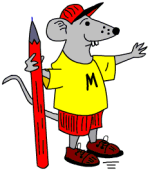 There should be no need for using written methods to add two 2-digit numbers. That’s the theory and by year 4 children are beginning to have to put this into practice.
There should be no need for using written methods to add two 2-digit numbers. That’s the theory and by year 4 children are beginning to have to put this into practice.
Also remember that most of us do a mental calculation in a different order than doing it in writing.
For example: 27 + 35.
I start with the tens and add 20 and 30, then add the 7 and finally add the 5.
Continue reading “Free Y4 maths worksheets: Mentally add two 2-digit numbers”
 The first of these free maths worksheets looks at the abacus to help with reading 4-digit numbers. Notice that the question asks for the numbers to be written in figures and in words. Figures should be easy – words might be harder.
The first of these free maths worksheets looks at the abacus to help with reading 4-digit numbers. Notice that the question asks for the numbers to be written in figures and in words. Figures should be easy – words might be harder. 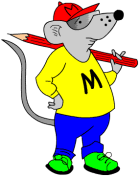 Now we are coming on to more familiar territory for most people when we think of graphs: the bar chart or bar graph. Here the vertical bars represent the number of people going out on a boat. Each bar is completely separate from the others.
Now we are coming on to more familiar territory for most people when we think of graphs: the bar chart or bar graph. Here the vertical bars represent the number of people going out on a boat. Each bar is completely separate from the others. Two maths worksheets dealing with addition and subtraction of a single digit to a 3-digit number. Unlike traditional sums different parts of the number sentence are missing.
Two maths worksheets dealing with addition and subtraction of a single digit to a 3-digit number. Unlike traditional sums different parts of the number sentence are missing. Writing a number one less than another 4-digit number appears to be easy, but a good understanding of place value is needed for these. It can get tricky around the hundreds or thousands boundaries eg one less than 9000 or one less than 2 600.
Writing a number one less than another 4-digit number appears to be easy, but a good understanding of place value is needed for these. It can get tricky around the hundreds or thousands boundaries eg one less than 9000 or one less than 2 600. 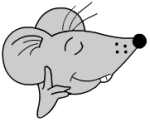 In order for children to be really confident with handling numbers it is very important that they continue to have a great deal of practice in counting forwards and backwards in ones, tens and hundreds. This might appear quite simple for year 4 children, but they can still be unsure of what happens as they cross the hundreds or thousands boundaries.
In order for children to be really confident with handling numbers it is very important that they continue to have a great deal of practice in counting forwards and backwards in ones, tens and hundreds. This might appear quite simple for year 4 children, but they can still be unsure of what happens as they cross the hundreds or thousands boundaries. Scales are needed to carry out the activities on this worksheet which concentrates on using grams and kilograms. For measuring in grams ordinary kitchen scales are fine. Again, before measuring make an estimate. This is where cooking really comes into its own for maths activities. Measuring out ingredients for cakes, weighing pasta etc, measuring the amount of water to cook rice in – the list is endless.
Scales are needed to carry out the activities on this worksheet which concentrates on using grams and kilograms. For measuring in grams ordinary kitchen scales are fine. Again, before measuring make an estimate. This is where cooking really comes into its own for maths activities. Measuring out ingredients for cakes, weighing pasta etc, measuring the amount of water to cook rice in – the list is endless.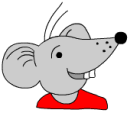 In Year 4 children are expected to be able to calculate mentally using a variety of methods. They are also expected to be able to explain their methods, both orally and in writing.
In Year 4 children are expected to be able to calculate mentally using a variety of methods. They are also expected to be able to explain their methods, both orally and in writing.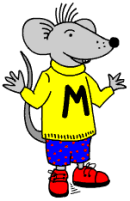 I rather like these two worksheets for year 4 children. After the question there ia a table to complete which asks not just for the answer, but also for other information.
I rather like these two worksheets for year 4 children. After the question there ia a table to complete which asks not just for the answer, but also for other information. Here are a couple of worksheets to help year 4 children revise their knowledge of the properties of 2-D shapes. They should be able to recognise the most common triangles: equilateral, isosceles and scalene as well as most 4 sided shapes. Many maths books only show regular shapes eg a hexagon with equal sides, and many children do not realise that a hexagon does not have to have six equal sides – just six sides.
Here are a couple of worksheets to help year 4 children revise their knowledge of the properties of 2-D shapes. They should be able to recognise the most common triangles: equilateral, isosceles and scalene as well as most 4 sided shapes. Many maths books only show regular shapes eg a hexagon with equal sides, and many children do not realise that a hexagon does not have to have six equal sides – just six sides.